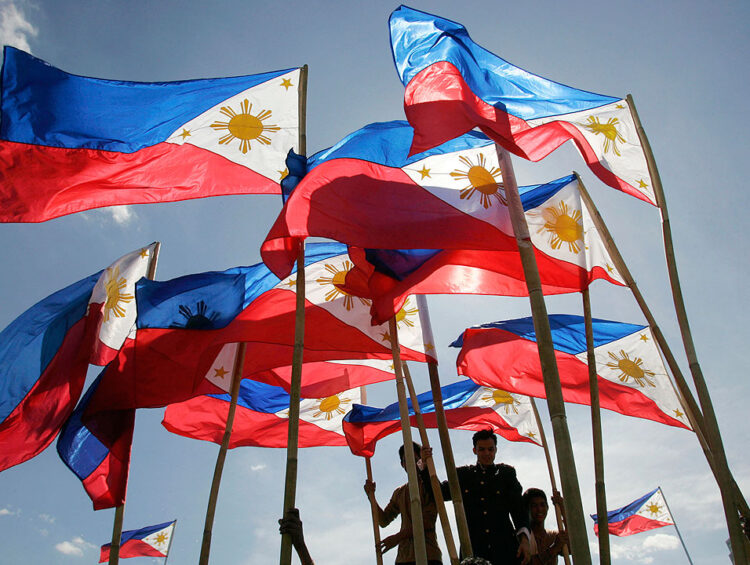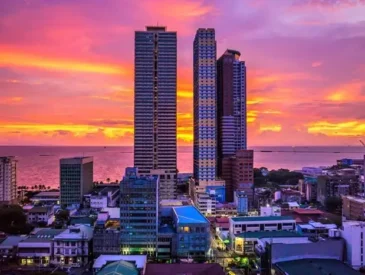Spanish decided to christianize the whole Philippines because they wanted to weaken the Islam which was getting stronger in the South.
For 333 years they tried to colonize the country; in 1898 the insular state gained its independence after 333 years of Spanish leadership.
| 333 years of | Spanish leadership |
| 1898 | the Spanish left |
| 1898-1902 | Philippino-American war Roots of the conflict in the South in the 1920’s and 50’s (Mindanao) |
| 1942-1945 | Japanese came to the Philippines |
| 1946 | Americans accepted independence of the Philippines |
1898 the Spanish left the Philippines but soon the Americans followed who didn’t accept their independence. From 1898 until 1902 they fought the Philippino-American war. 1904 the Americans found the province „Moro“ in the South of the Philippines. This province was never totally subdued by the Spanish. During Spanish leadership all the provinces in the South just had an official affiliation. With the foundation of the „Moro province“ the southern parts became a virtual part.
On the island Mindanao American companies built huge monocultures e.g. pineapple plantations. Furthermore in the 1920´s and 50´s there existed state-aided settlement projects: Christians from the North and middle part of the Philippines were brought to the South. The roots of the actual conflict in the South of the Philippines also reach back to that time.
During the 2nd world war, more precisely during 1942 and 1945, the Japanese assigned the Philippines. After 48 years, on the 4th of July 1946, the Americans accepted the independence of the Philippines. The old constitution of the year 1935, however, which says that the Philippines are a presidential system up to American sample, was still valid.
Until now the United States of America still play an important role within the politics of the Philippines.
Hard to understand – 181 languages for one country
The official language on the Philippines is Filipino. Filipino is based on Tagalog, which is mainly spoken on the island Luzon. About 80% of the population speak and understand Filipino. In the whole insular state there exist many different dialects.
Next to Tagalog in the North you can find e.g. Cebuano (spoken in the region around Cebu), Ilokano or Ilonggo. The 2nd official language is English. It’s pretty easy to communicate in English in almost every situation (taxi, hotel, market). Locals very often mix English words with Tagalog (=Taglish). Mainly numbers are used in English. In some regions in the North they also use Spanish numbers. Furthermore many other words show Spanish origins.
Until 1973 Spanish was the official languages on the Philippines. From the beginning of the 20th century onwards, however, when the Americans came to the Philippines the Spanish language lost more and more of its impact. Today English is language of instruction in schools and universities as well as the working language in the business world.

